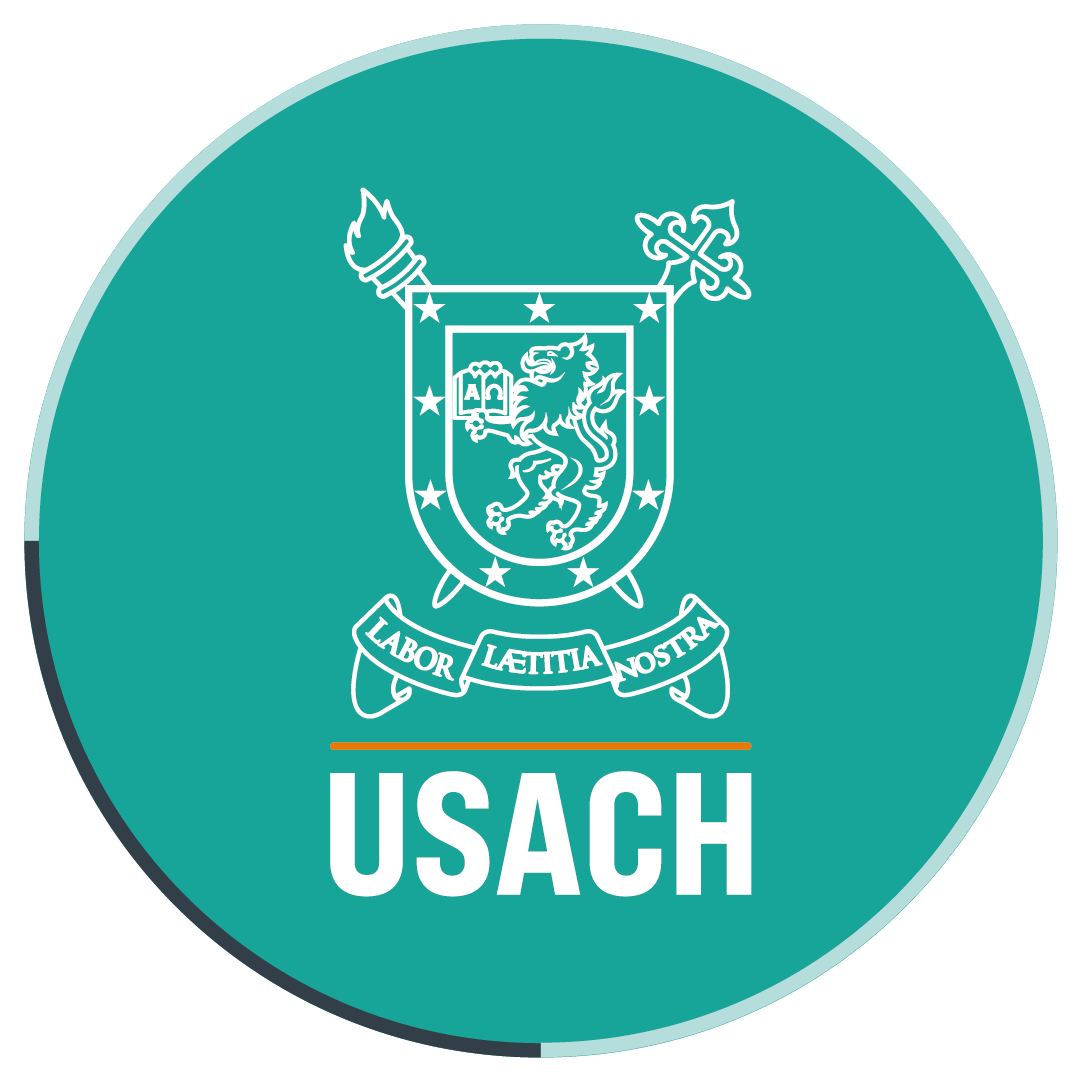Professor at Universidad de Santiago suggests the Government should strengthen investment in astronomical research
- Dr Leonor Huerta, physics engineer, Master’s in Astronomy and professor at Universidad de Santiago, says that the discovery of a new solar system with Earth-like planets should promote the creation of more research centers and the generation of more resources to take advantage of the astronomical potential of our country.
Scientists at the NASA informed about the discovery of a new solar system with seven exoplanets similar to the Earth in size and temperature. The system, Trappist-1, is about 40 light years from Earth and it contains three planets that are likely to be habitable, as their weather conditions would allow liquid water, and maybe, life. The telescopes in La Silla and Paranal observatories, both located in the north of Chile, took part in the discovery.
Dr Leonor Huerta, physics engineer, Master’s in Astronomy and professor at Universidad de Santiago, said: “We need more astronomy and research centers to incorporate all the human capital generated in Chile. We have facilities available at no charge, as large foreign conglomerates have built telescopes in Chile for the quality of its night sky in the north.”
“We need more Chilean scientists to work on this, not only astronomers. If we are going to search for life in the universe, we also need astrobiologists and geologists,” she explained.
“Observatories also require “Hydraulic engineers and computer scientists, for example, to take care of the infrastructure. This is a multidisciplinary field. To explore the universe and to study the evolution of life, we will need a very strong multidisciplinary collaboration,” she added.
“From a scientific point of view, this finding is very interesting because there are three planets which are likely to have water somewhere on their surface in its three states: solid, liquid and gas.”
With regard to the next stage after this finding, she said: “Clearly, the next step is to know if these planets have atmospheres. This will happen when the next exoplanet program mission of the NASA is carried out.”
Although she recognizes that it is very likely that there is other life in universe, there is not any empirical evidence. “For a scientist- astronomer or biologist- it is very difficult to affirm that the conditions of our solar system are unique,” she says.
Translated by Marcela Contreras

